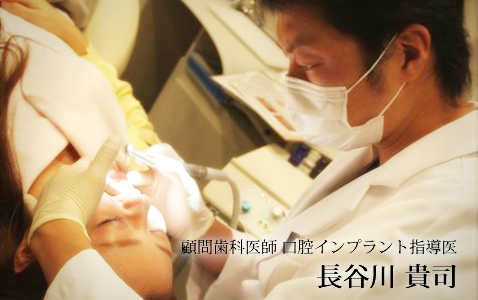
◆ドイツ口腔インプラント学会・指導医( 旧:国際口腔インプラント学会・指導医 )
◆日本歯科レーザー学会認定医
◆日本口腔インプラント学会会員
◆日本再生歯科医学会会員
【 略歴 】
1969年生まれ
日本歯科大学新潟歯学部卒
新潟大学歯学部付属病院にて臨床研修後同大学第一保存学教室に入局、岩久教授の下で3Mix-mp法を学ぶ
2002年 医療法人社団伸整会に勤務
2006年 ドイツフライブルグ大学口腔外科にてインプラントアドバンスサージカルコース修了
2010年 ドイツ口腔インプラント学会・指導医取得













Regular full service washing and quarterly detailing keeps my car’s value high. I book consistently with car detailing .
Building the Optimal Work Environment
Your workspace greatly affects your wellbeing, efficiency, and daily experience. Correct positioning can avoid various complications associated with extended sitting.
Modern research demonstrates that workspace ergonomics matters significantly in preventing work-induced discomfort.
Key Components of Proper Setup
Establishing an ergonomic workspace setup needs attention to multiple factors. All parts works together to establish a productive workspace.
The starting point of any good setup is knowing your body measurements. Like you might calculate adult height for wellness tracking, determining your ergonomic measurements is crucial.
Important factors encompass:
– Proper desk height
– Monitor positioning
– Seating setup
– Input device location
– Illumination quality
Table Elevation Is Critical
A very forgotten factors of office setup is desk height. Your desk should be at a height that allows your forearms to be level with the surface when typing.
For those using adjustable office desk systems, reaching the ideal elevation is simpler. Such workstations adjust to different body types.
Movement vs. Static
The conversation between sitting and standing work styles has gained attention in recent years. Active workstation advantages are well-documented.
Nonetheless, the answer is balance. Alternating between various postures across your schedule provides the best results.
To understand desk picking strategies options, check this out for comprehensive information.
Display Setup
Appropriate monitor height placement prevents head and neck pain. Your monitor should be placed so the upper edge is at or marginally beneath eye level.
When using two displays, confirm both are positioned at the same height and orientation. This prevents continuous rotation.
Input Devices Positioning
Keyboard positioning influences forearm strain. Position your keyboard straight ahead of you, letting your forearms to be level while typing.
The cursor control should be placed at the identical level as your input area, close enough to eliminate overextension.
Illumination
Sufficient light minimizes ocular discomfort. Daylight is best, but verify it won’t produce reflection on your display.
Direct light sources can complement room light for particular activities.
Choosing High-Quality Equipment
When it comes to office furniture, quality matters. Desk quality comparison guides can help you make informed decisions.
Find items with comprehensive coverage. Learning desk warranty details secures your investment.
For detailed office configuration help, visit this site and discover specialist advice.
Don’t forget, building an ergonomic workspace is an investment in your long-term health. Read more to improve your workspace setup.